Optimal Timing for Brick Staining

Ways to make Brick Building Stainings work in tight or awkward layouts.

Popular materials for Brick Building Stainings and why they hold up over time.
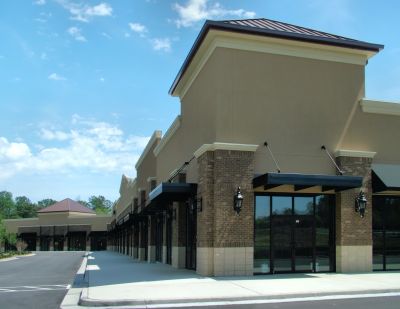
Simple add-ons that improve Brick Building Stainings without blowing the budget.
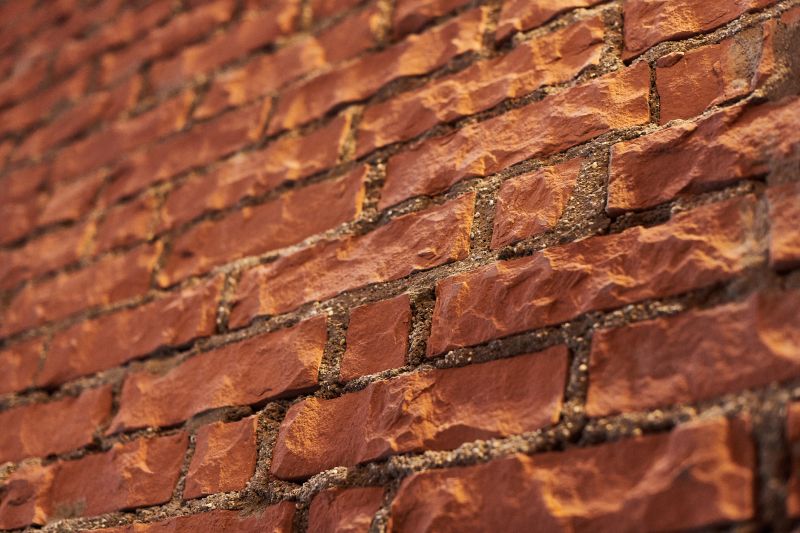
High-end options that actually feel worth it for Brick Building Stainings.
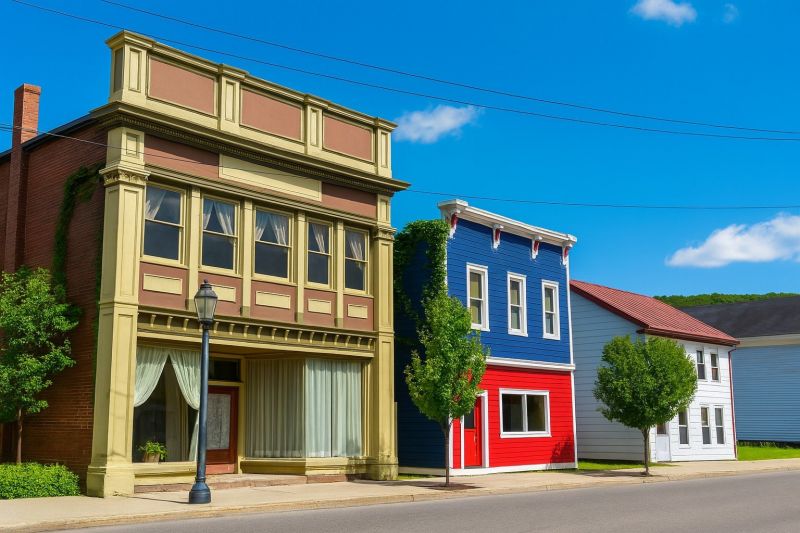
Finishes and colors that play nicely with Brick Building Stainings.
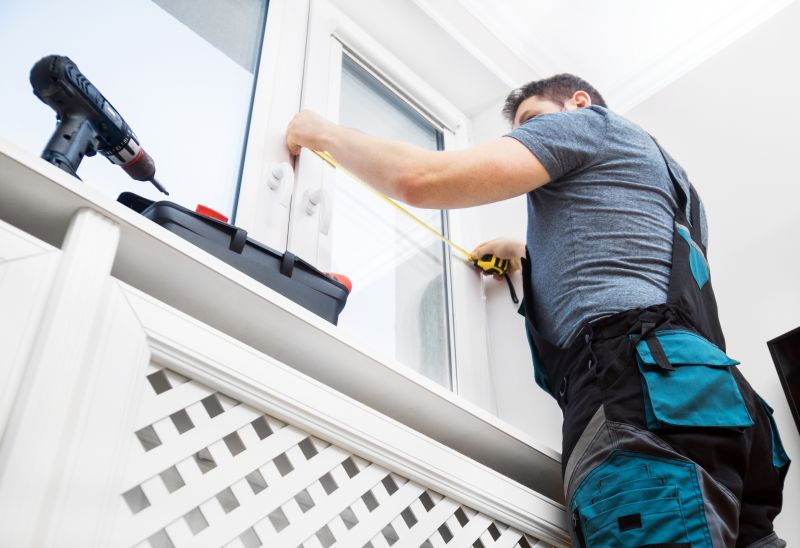
Little measurements that prevent headaches on Brick Building Stainings day.
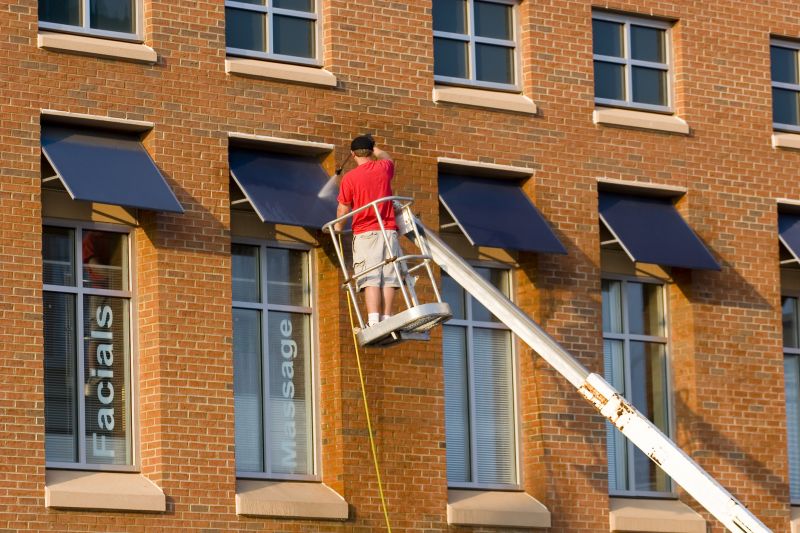
A 60-second routine that keeps Brick Building Stainings looking new.
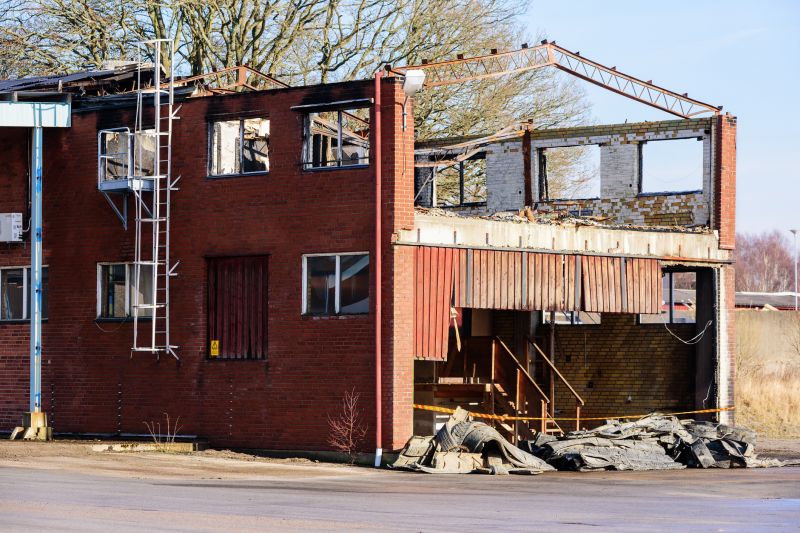
A frequent mistake in Brick Building Stainings and how to dodge it.
Brick building stainings are a process used to enhance the appearance and protect brick surfaces. Proper timing ensures optimal adhesion and durability. Stainings are typically performed during specific weather conditions to prevent issues like cracking or peeling.
The ideal time for brick stainings is during mild weather, avoiding extreme temperatures and high humidity. Spring and fall are generally suitable seasons, as they offer moderate temperatures and lower chances of rain, which can interfere with the staining process.
Staining should be done when temperatures are between 50°F and 85°F, with low humidity and no rain forecasted.
Spring and fall provide the best conditions for brick stainings due to stable weather and moderate temperatures.
Staining during hot summer days or cold winter periods can lead to uneven absorption and poor adhesion.
Ensure the brick surface is dry and clean before staining to achieve the best results.

Small tweaks to make Brick Building Stainings safer and easier to use.

Lower-waste or water-saving choices for Brick Building Stainings.
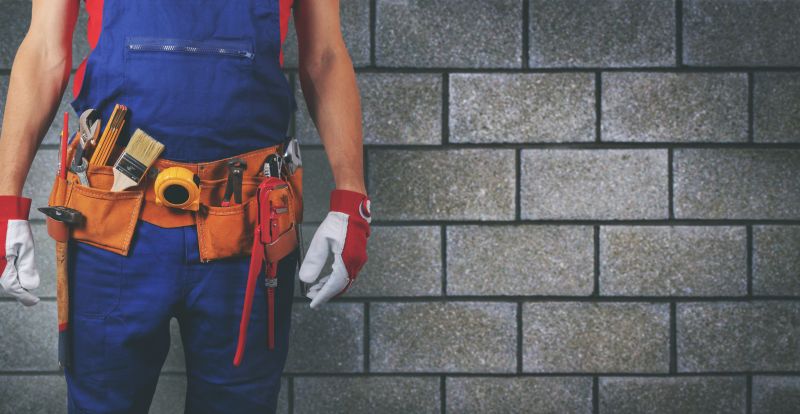
The short, realistic tool list for quality Brick Building Stainings.
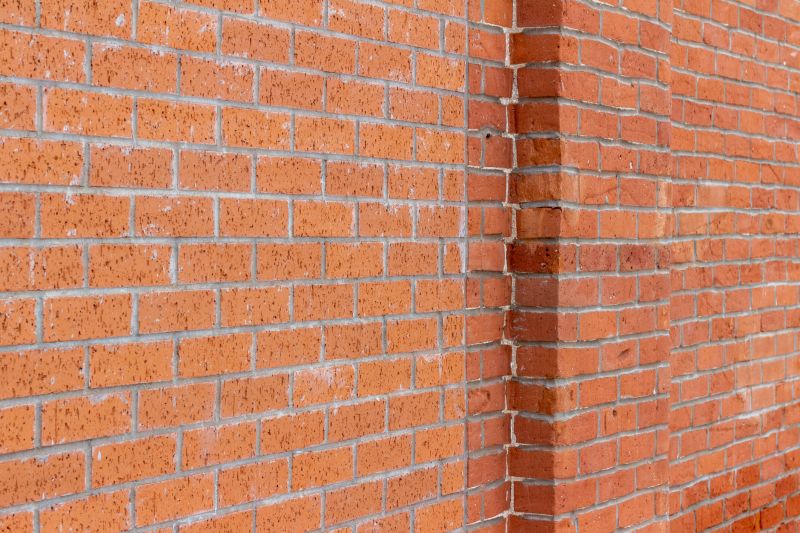
Rough timing from prep to clean-up for Brick Building Stainings.
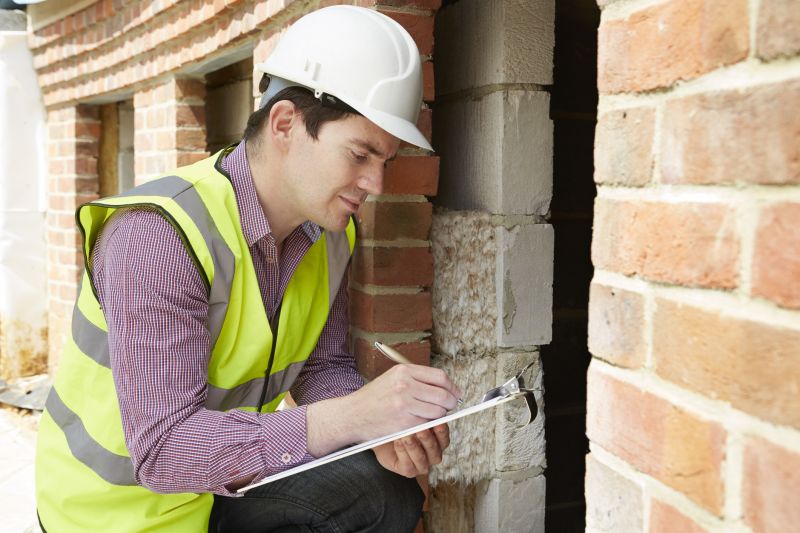
Quick checks and paperwork to keep after Brick Building Stainings.
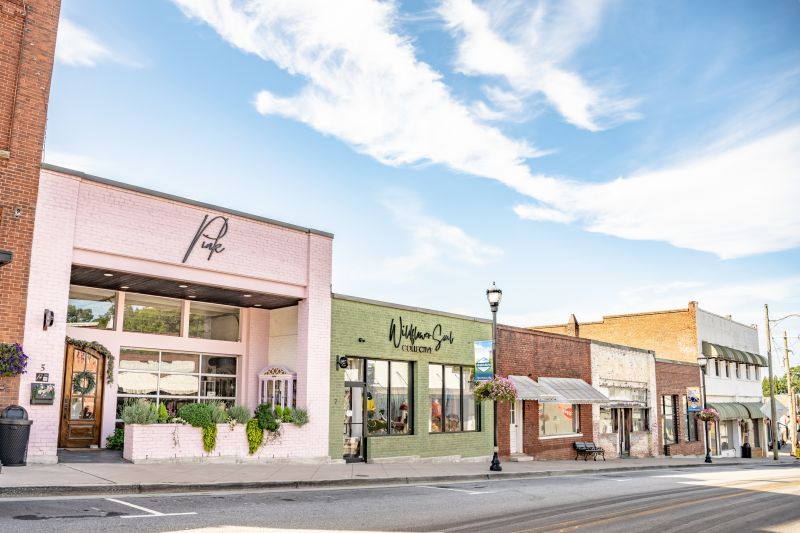
Examples that show the impact a good Brick Building Stainings can make.
| Aspect | Details |
|---|---|
| Ideal Temperature Range | 50°F to 85°F |
| Best Seasons | Spring and fall |
| Weather Conditions to Avoid | Rain, extreme heat, cold |
| Preparation | Ensure surface is dry and clean |
| Re-staining Interval | Every 5-10 years |
| Climate Impact | High rainfall or temperature extremes require timing adjustments |
